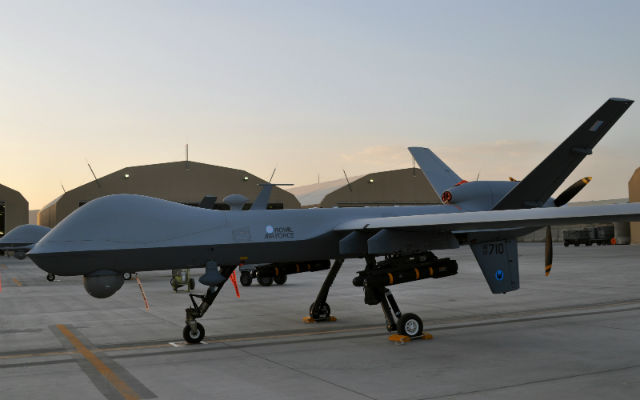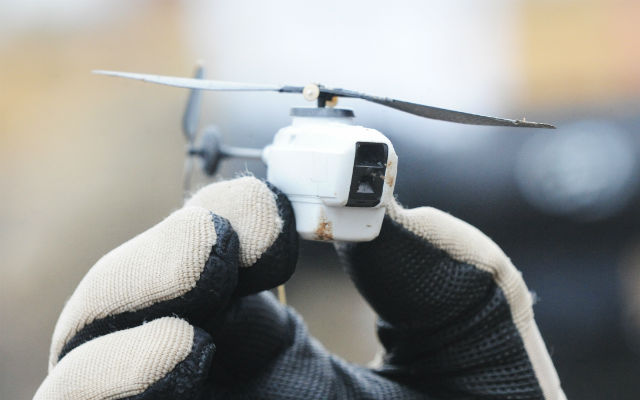The UK Ministry of Defence has announced that it will bring the 10 General Atomics Aeronautical Systems MQ-9 Reaper unmanned air vehicles (UAVs) operated by the Royal Air Force into the service's core fleet.
Approval was recently granted by the department for funding to allow the Reaper capability to be maintained until the indigenous Scavenger medium-altitude, long-endurance UAV enters service at the end of the decade, according to the MoD.
The move was revealed in a paper published by the House of Commons Defence Committee on 22 July, which included responses from the government to questions on the UK’s UAV operations.
Reapers are currently being operated in Afghanistan under an urgent operational capability requirement, although debate has previously surrounded whether or not they will be integrated into the RAF’s core fleet.

Royal Air Force
The paper says the MoD will “retain the Reaper for contingent purposes” - mainly for intelligence, surveillance and reconnaissance tasks – once the mission in Afghanistan ceases and until the Scavenger development is complete.
Funding for the Reapers will now come from the MoD’s budget rather than from the Treasury reserve that currently supports it.
“Reaper and [Thales] Watchkeeper are both in the core programme and, on current plans, the former will be replaced from 2018 onwards through the Scavenger programme," it says.
The British army, meanwhile, operates the Elbit Systems Hermes 450, Lockheed Martin Desert Hawk 3, Honeywell T-Hawk and Prox Dynamics Black Hornet.
Plans are in place to retain the Desert Hawk and Black Hornet platforms, although this is yet to be confirmed and depends on a final decision being taken by the Army Investment Board - expected in summer 2014 – the paper says.

Crown Copyright
The Hermes 450 is operated on a lease basis, and is expected to exit service once the army's new Watchkeper UAV enters operations.
Development and deployment of the Watchkeeper has been a drawn out process, although it finally received its release to service (RTS) in February.
However, the question of whether it will deploy to Afghanistan – which some argue the aircraft was originally procured for – remains unaswered.
In its response, the government plays down the committee’s criticism, pointing out that Watchkeeper provides a vital system for the future.
“Watchkeeper was procured as an enduring capability and not specifically for operations in Afghanistan,” it claims, while adding that it will provide the UK with an all-weather ISR capability.
However the government cites a “number of factors” that have contributed to the delay in development, including the “limited prime contractor experience” of Thales in delivering UAVs.
It also claims that there was an underestimation of the scope of activity required to comply with the new airworthiness regulations, and technical factors such as software certification were an additional hindrance.
There were also shortfalls in “suitably qualified and experienced personnel”, while changes to army training requirements and problems with communication across the wider stakeholder community played their parts, it says.
These lessons have been fed into the Watchkeeper programme, as well as future developments such as Scavenger and the Future Combat Air System, plus the Royal Navy’s Scan Eagle operations.
Meanwhile there are currently no plans to turn the UK’s BAE Systems-led Taranis combat UAV technology demonstrator into a programme of record.
Two phases of flight trials were carried out in 2013 and 2014, while a third phase is planned for 2015 in order to gain further understanding of the radar cross section of the air vehicle during operations, the paper says.
Source: FlightGlobal.com






















